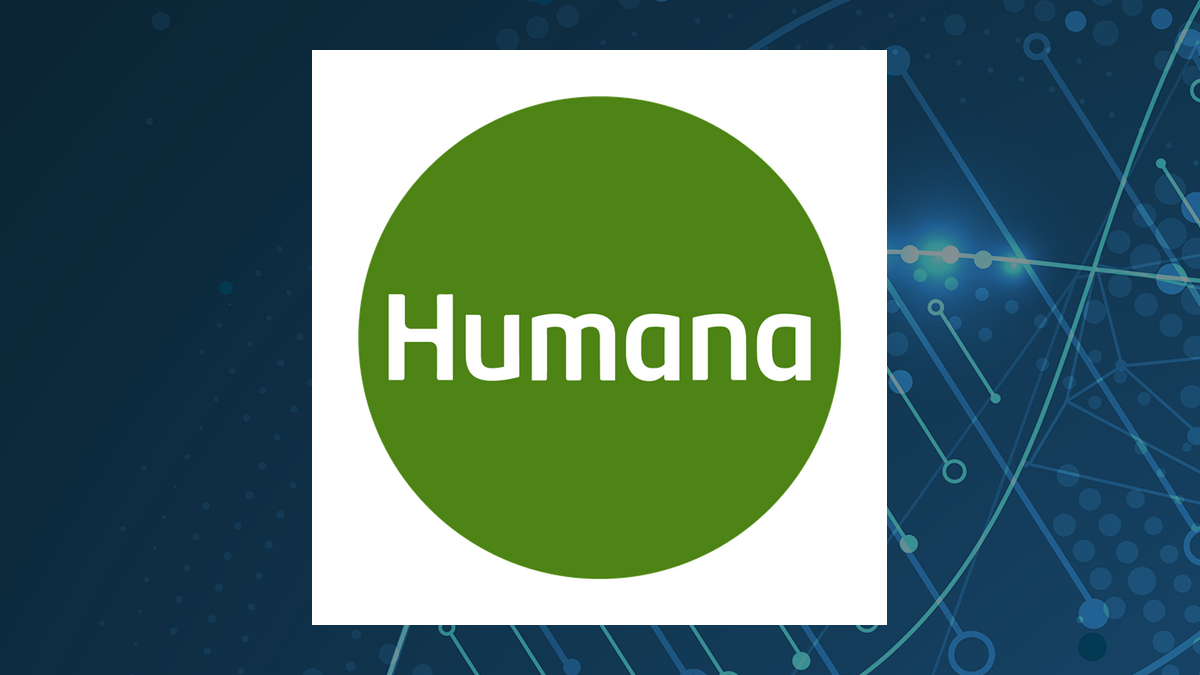 Humana Inc. has seen steady growth in premiums revenue driven by Medicare premiums and membership. Costs have decreased, resulting in a lower operating cost ratio and improved net income margin. Management has focused on increasing Medicare Advantage membership, emphasizing underwriting profitability and administrative efficiency. Key performance indicators show improved profitability and cost management. HUM faces risks from regulatory changes, market fluctuations, and legal issues. Corporate governance remains stable, with a focus on sustainability and climate-related disclosures. Forward guidance aligns with a commitment to prioritizing health and quality care for customers, aiming for long-term growth and competitiveness.
Humana Inc. has seen steady growth in premiums revenue driven by Medicare premiums and membership. Costs have decreased, resulting in a lower operating cost ratio and improved net income margin. Management has focused on increasing Medicare Advantage membership, emphasizing underwriting profitability and administrative efficiency. Key performance indicators show improved profitability and cost management. HUM faces risks from regulatory changes, market fluctuations, and legal issues. Corporate governance remains stable, with a focus on sustainability and climate-related disclosures. Forward guidance aligns with a commitment to prioritizing health and quality care for customers, aiming for long-term growth and competitiveness.
Executive Summary
Financials
Consolidated premiums revenue has been increasing steadily over the past three years, driven by higher per member Medicare premiums and Medicare Advantage membership growth. This growth has been partially offset by declines in commercial medical and stand-alone PDP membership and state-based contracts membership. Operating costs have decreased from 3,042 to 2,979, resulting in a lower operating cost ratio of 10.4% compared to 11.2%. There’s a slight decrease in expenses and a shift in cost structures. The company’s net income margin is 38%. It has improved. Compared to industry peers, the company’s net income margin is higher.
Management Discussion and Analysis
Management has focused on increasing membership through initiatives like the Annual Election Period, resulting in growth in both individual and group Medicare Advantage membership. These efforts have been successful, as indicated by the increase of 395,900 members in individual Medicare Advantage membership and 40,300 members in group Medicare Advantage membership. Management assesses the company’s competitive position by focusing on underwriting profitability and administrative spending efficiency. They highlight the impact of market interest rates on the investment portfolio’s fair value, emphasizing the need to monitor future trends for potential disruptions. Management has identified interest rate risk as a major challenge due to a significant investment portfolio. Mitigation strategies include holding onto securities in an unrealized loss position, believing they will recover in value over time. However, there is a risk of future declines in value necessitating sales or credit allowances.
Key Performance Indicators (KPIs)
Risk Assessment
The top external factors that pose risks to the company operations and financial performance include regulatory changes impacting insurance industry reforms, market interest rate fluctuations affecting investment portfolios, and uncertainties in fair value due to changes in interest rates. HUM assesses and manages cybersecurity risks by staying vigilant to new laws and regulations that impact their industry. They focus on maintaining profitability and complying with evolving regulations to mitigate potential adverse effects on operations and finances. Yes, the company faces various legal issues, including class-action lawsuits and false claims litigation. They accrue for these contingencies but cannot estimate the potential losses accurately due to unpredictable legal proceedings. The outcomes could have a material adverse effect on their financial position and reputation.
Corporate Governance and Sustainability
The board of directors of Humana Inc. remains unchanged, with no notable changes in leadership or independence during the three months ended March 31, 2024. HUM does not address diversity and inclusion in its governance practices or workforce. There is no commitment to board diversity as no information regarding these aspects is provided in the given context. HUM is evaluating climate-related disclosures and their impact on financial statements. It demonstrates commitment to responsible business practices by considering sustainability initiatives, ESG metrics, and the regulatory environment for reporting on environmental impacts.
Forward Guidance
The company’s forward-looking guidance aligns with its commitment to prioritizing health and delivering quality care to its customers. Through strategic initiatives and financial planning, it aims to continue providing services that improve the quality of life for individuals and communities. Humana Inc. is considering the impact of climate-related disclosures on its operations. It plans to evaluate the final rule’s effect on its disclosures and capitalize on trends related to financial impact and climate-related metrics to enhance its performance and strategy. Humana Inc. is committed to long-term growth through its focus on putting health first and delivering quality care to its customers. The company’s evaluation of the impact of new regulations and its intention to assist in understanding financial statements demonstrate a strategic shift towards competitiveness.
For more information:
This article was created using artificial intelligence technology from Klickanalytics.
